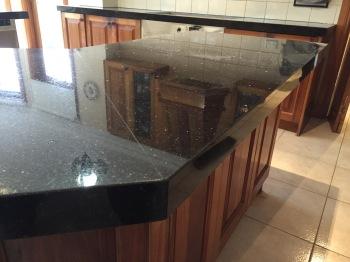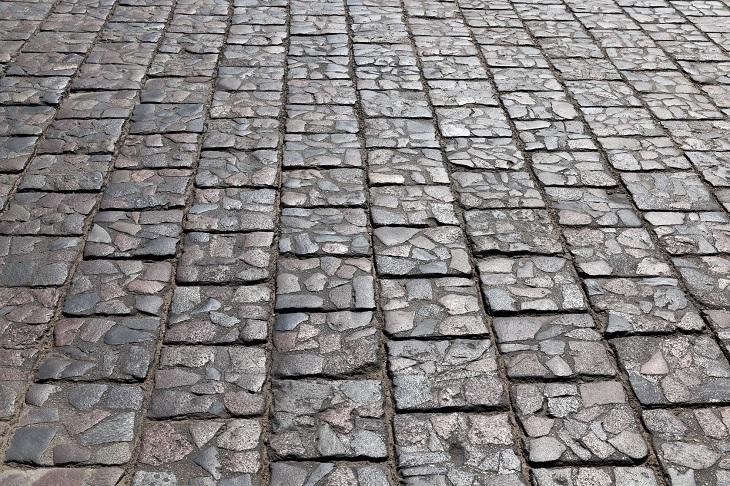Window buyer's guide
Casement windows
Casement windows are hinged at the sides and open outward, with screens on the inside -and they offer some ventilation advantages in some situations.
Awning windows
Awning windows are hinged at the top, and open outward. These come in a variety of different shapes and configurations and are good for wet weather.
Horizontal sliding windows
These windows slide open horizontally, can feature two or more sashes and offer a nice clear opening for good ventilation.
Windows and daylight
The most common and essential form of daylighting in almost all homes, windows play a very big part in lighting design.
Skylights and roof lanterns
Skylights generally allow much more light into a room than windows do, thanks to their access to direct sunlight.
Sawtooth roofs
This traditional daylighting method is mostly used in industrial buildings, but is now making a comeback in homes.
Clerestory windows
Traditionally narrow bands of windows across the tops of buildings, but now seems to include any 'higher-than-average' window.
Transoms and fanlights
These small windows are usually placed above doors, and often allow both improved lighting and ventilation.
Light shelves
Light shelves work on a fairly basic principle. A shelf is installed outside of a window, which reflects additional light back into a room. They are particularly effective for houses where eaves might otherwise reduce the amount of light entering a window at certain times of the day.
How to control heat gain through windows
The main purposes for windows are to allow light in and to let you see out - and this often comes at the expense of their ability to prevent heat transfer. Learn more about heat loss through windows.
Heat loss through windows
Tremendous amounts of heat are lost through windows. Find out how the right windows, thermal curtains and pelmets can make your heating more efficient.
Windows, doors and apertures
In most cases, adding a door or window to a wall isn't as simple as just cutting a hole. See how windows and doors affect walls.
Louvre windows
- Have a series of blade that tilt to open
- Opened by handle, lever or remote control
- Blades can be made of glass, aluminium and timber
Bifold windows
- Two or more panels folding onto themselves - concertina style
- Retractable roll down flyscreens can be added to the initial design
Windows and doors in home theatres
The Building Code of Australia requires that all rooms - even home theatres - be built with a certain amount of window coverage. Find out how to comply with this rule.
Window insulation
Windows are responsible for most of the natural heat loss or heat gain in most homes. Find out how to effectively insulate your home's windows and glass doors.
Solar windows
Another option that's likely to appear in the not-too-distant future, solar windows involve solar panel technology embedded into a building's windows. Read about where this technology currently stands.



















